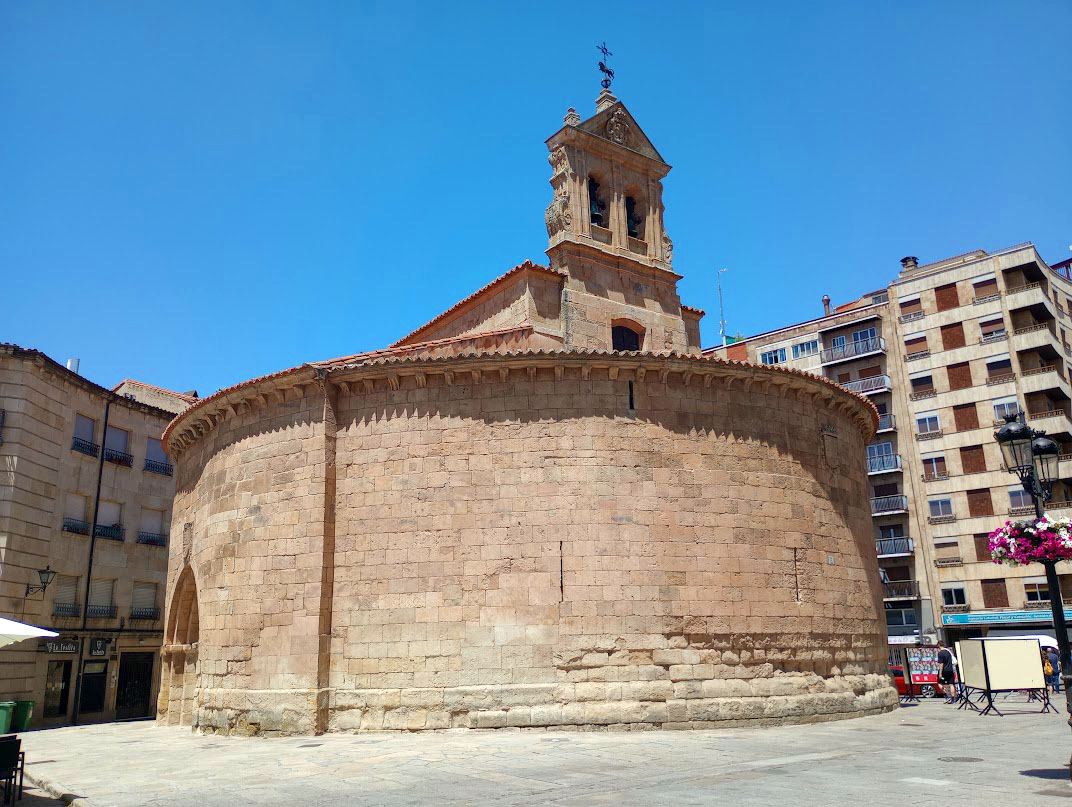|
├İsterlars
├İsterlars is a village in the northeast of the Danish island of Bornholm, south of Gudhjem and northwest of ├İstermarie. It is best known for its round church, the largest on the island. 1. January 2025 it had a population of 254. Etymology The village takes its name from ├İsterlars Church which is dedicated to St Laurentius (St Lawrence). The Danish equivalent, Lars, was also the church's original name but around 1600 the prefix "├©ster" (eastern) was added to avoid confusion with nearby Nylars.├İsterlars kirke. From NaturBornholm . Retrieved 4 November 2012. Earlier names for the village were ├İsterlarsker (meaning ├İsterlars church) and Nybro (new bridge) as a result of the bridge over the stream known as Pr├Ğsteb├Ğkken which runs through the village. History |
├İsterlars Church
├İsterlars Church (''├İsterlars kirke'') is a historic building located just north of the village of ├İsterlars, south of Gudhjem on the island of Bornholm, Denmark. It is the largest and, possibly, the oldest of the island's four round churches.├İsterlars kirke. From Nordens kirker. In Danish. Retrieved 3 December 2009.├İsterlars kirke. From NaturBornholm . In Danish. Retrieved 3 December 2009. History Built around 1160, it consists of an apse, an oval chancel, a large round nave and has three storeys. There is evidence the church was once fortified, the top storey ser ...[...More Info...] [...Related Items...] OR: [Wikipedia] [Google] [Baidu] |
Round Church
A round church is a church with a completely circular plan, thus a rotunda in architectural terms. There are many Nordic round churches in Sweden and Denmark (notably the island of Bornholm); round churches were popular in Scandinavia in the 11th and early 12th centuries. Round churches should not be confused with the older types of round-tower church constructions. Churches with many-sided polygonal shapes (such as the 16-sided example in Richmond, Vermont, United States) are likewise colloquially referred to as 'round'. Round churches by country Armenia Zvartnots Cathedral in Vagharshapat (Etchmiadzin), often cited as the world's largest round church during its existence in the Middle Ages Bosnia Church of the Holy Transfiguration, Sarajevo Brazil Cathedral of Brasília Bulgaria Round Church, Preslav Canada * Our Lady of Victory Church, Inuvik * St. Jude's Cathedral, Iqaluit * Saint George's Round Church, Halifax Croatia * Church of Saint Vitus, Rijeka * ... [...More Info...] [...Related Items...] OR: [Wikipedia] [Google] [Baidu] |
Bornholm
Bornholm () is a List of islands of Denmark, Danish island in the Baltic Sea, to the east of the rest of Denmark, south of Sweden, northeast of Germany and north of Poland. Strategically located, Bornholm has been fought over for centuries. It has usually been ruled by Denmark, but also by Sweden and by Free City of L├╝beck, L├╝beck. The ruin of Hammershus, at the northwestern tip of the island, is the largest medieval fortress in northern Europe, testament to the importance of its location. Bornholm and Ertholmene comprise the last remaining Danish territory in Sk├Ñneland east of ├İresund, having been Treaty of Roskilde, surrendered to Sweden in 1658, but Treaty of Copenhagen (1660), regained by Denmark in 1660 after Bornholm uprising, a local revolt. The island is known as ("sunshine island") because of its weather and ("rock island") because of its geology, which consists of granite, except along the southern coast. The heat from the summer is stored in the rock formation ... [...More Info...] [...Related Items...] OR: [Wikipedia] [Google] [Baidu] |
Bornholm's Medieval Centre
Bornholms Middelaldercenter (Bornholm's Medieval Centre) is a family attraction near ├İsterlars in northeastern Bornholm, Denmark."Bornholms Middelaldercenter" VisitDenmark. Retrieved 7 November 2012. Layout On of land just to the north of the village of ├İsterlars, the centre offers impressions of the Middle Ages, presenting daily life in a rural environment from around 1350 to 1450. It includes a watermill for producing flour, a forge, an archery range and old cottages. There is also a large fortress with battlements, towers and a chapel. Visitors can experience craftsmen at work and can participate in activities. During the annual medieval week, there are special events including jousting, battles and falconry. The centre is open on Monday to Friday from May to ...[...More Info...] [...Related Items...] OR: [Wikipedia] [Google] [Baidu] |



